-
First-ever photo of Milky Way’s black hole not accurate, scientists claim
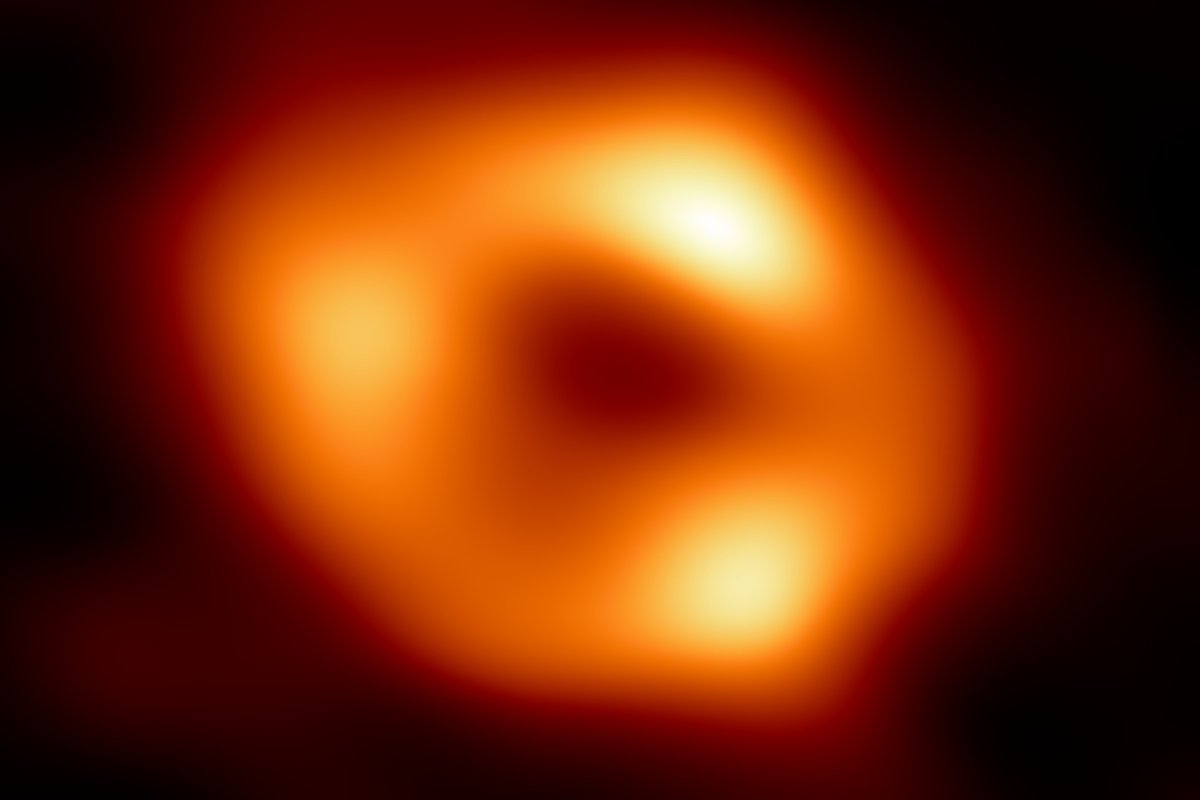
A trio of Japanese astronomers has challenged the accuracy of the first-ever image showing the supermassive black hole that lies at the heart of our galaxy. If confirmed, the findings of the researchers from the National Astronomical Observatory of Japan (NAOJ), published in the Monthly Notices of the Royal Astronomical Society, would indicate that the…
-
Astronomers Identify New Organic Molecule in Interstellar Space
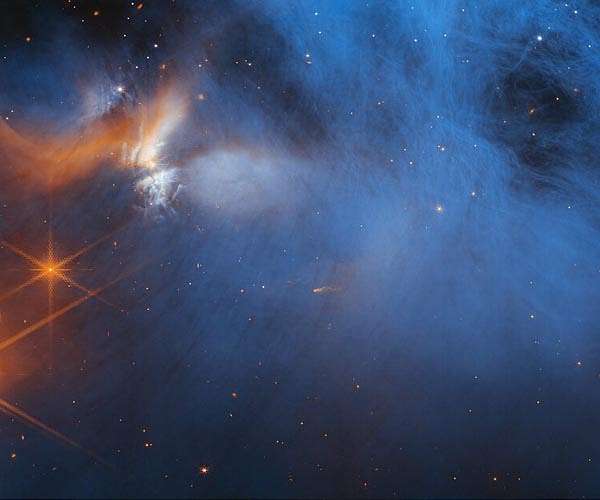
Astronomers Identify New Organic Molecule in Interstellar Space by Clarence Oxford Los Angeles CA (SPX) Oct 28, 2024 The element carbon, foundational to life on Earth and potentially elsewhere, is known to exist in vast quantities across space. However, locating substantial amounts of carbon in interstellar regions has proven unexpectedly challenging. A recent discovery, involving…
-
First Images of the Sun’s Flares Released From a New Space Telescope
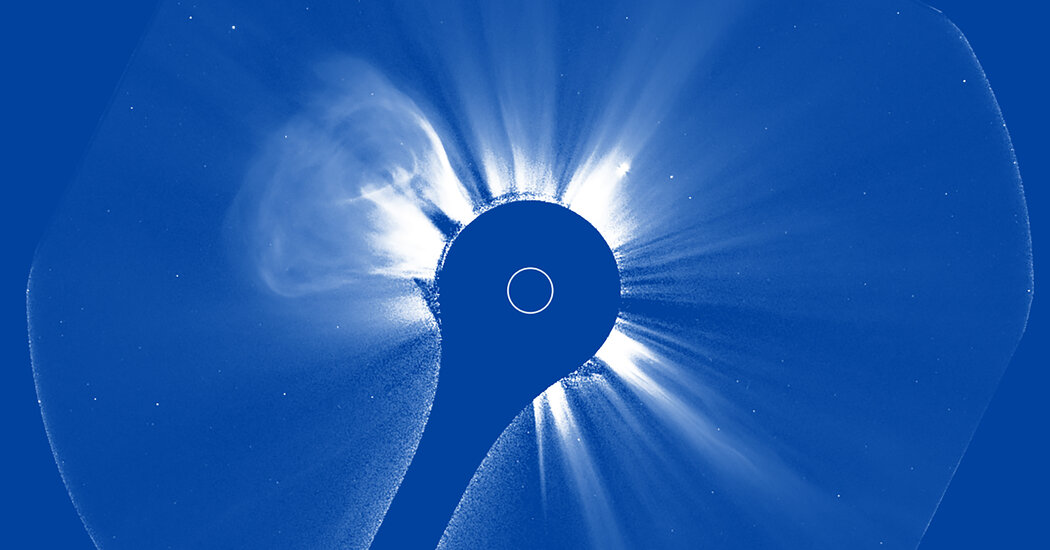
Forecasters will soon be able to use the instrument, a coronagraph, to better monitor the effects of solar storms. Before the northern lights fill the night sky on Earth with their eerie neon glow, a blast of electrified gas flares up from the sun’s surface. And scientists are now getting a powerful new view of…
-
Coronagraph | Solar Imaging, Space Exploration & Astronomy
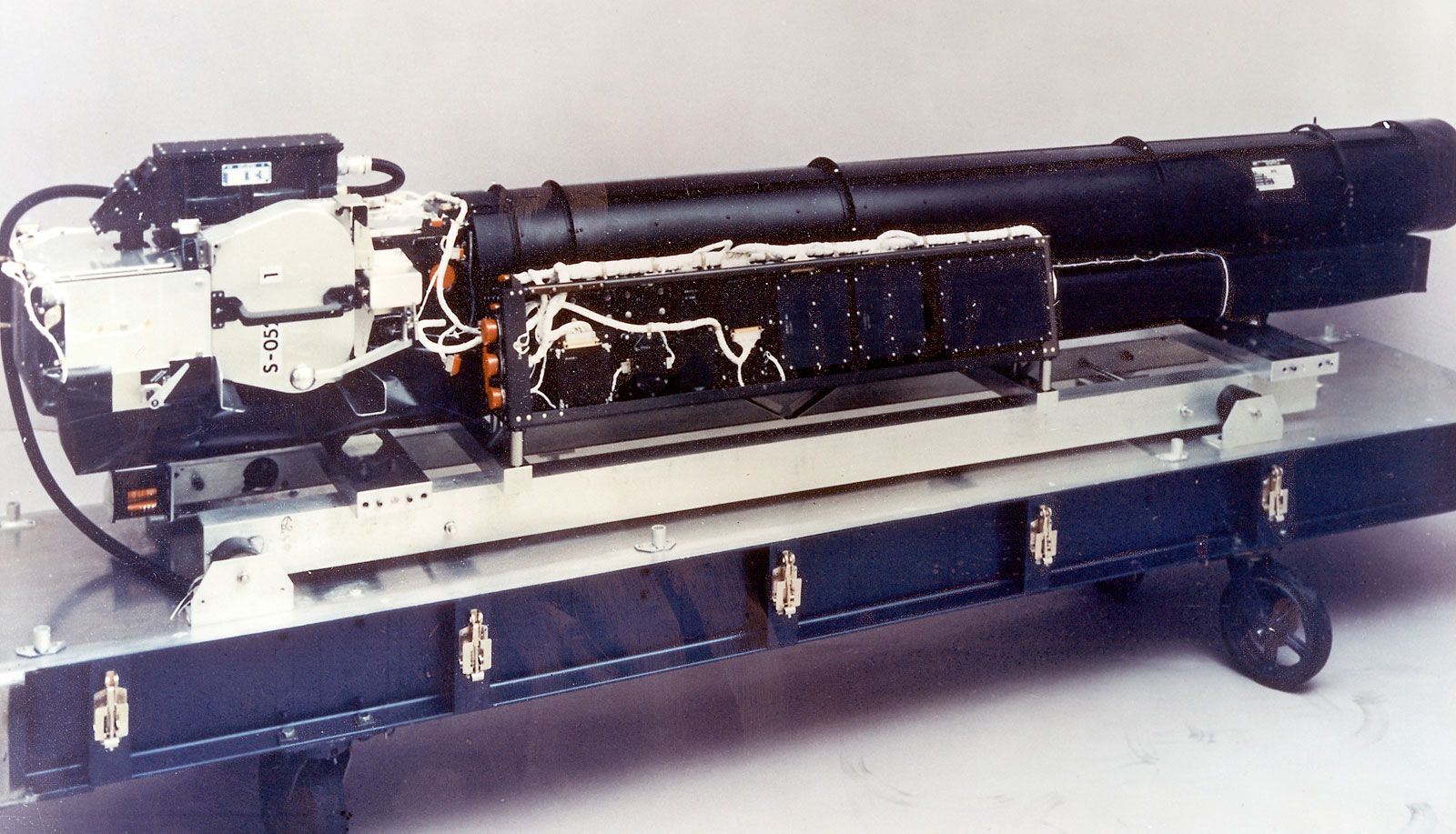
coronagraph, telescope that blocks the light of a star inside the instrument so that objects close to the star can be observed. It was invented in 1930 by the French astronomer Bernard Lyot and was used to observe the Sun’s corona and prominences. When a coronagraph is used to observe the Sun, a round metal…
-
Astronomers discovered a new, complex molecule in the depths of interstellar space
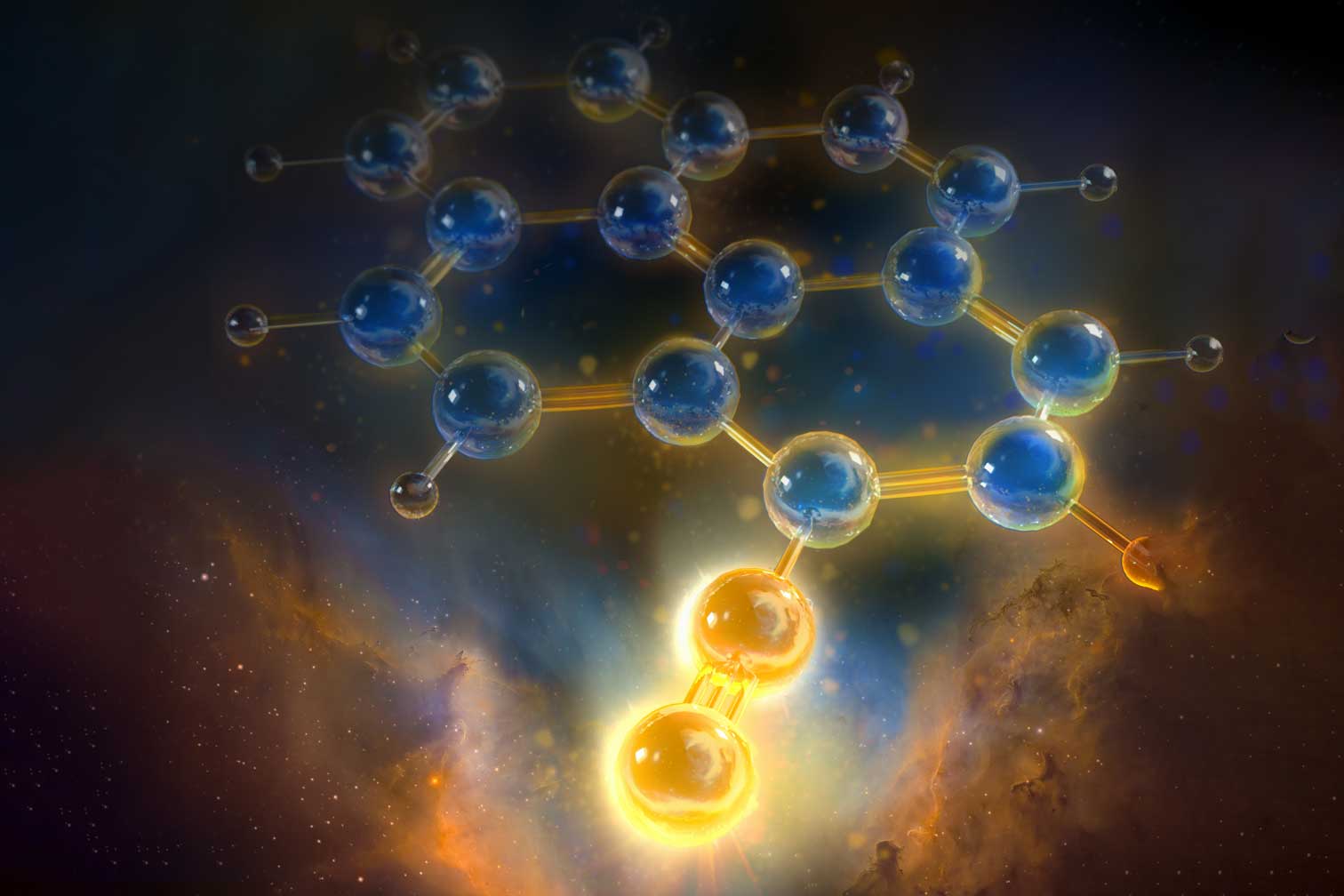
Polycyclic aromatic hydrocarbons (PAHs) are organic molecules of connected aromatic rings. While infrared emission bands indicate that PAHs are plentiful in space, only a few specific PAHs have been found in the interstellar medium. An asteroid has led researchers to uncover the most significant molecule ever detected by radioastronomy and the third-largest identified in space.…
-
Astronomers Discover Complex Carbon Molecules In Space – Clues To Life’s Origins

The Challenge of Detecting Pyrene and the Use of ‘Tracer’ Molecules Directly identifying PAHs like pyrene in space is incredibly difficult due to their weak radio signals. Pyrene itself is essentially “invisible” to radio telescopes, which limits scientists’ ability to detect it through traditional methods. To overcome this, the researchers used a related compound, 1-cyanopyrene,…
-
Young innovators stand out at Katara Astronomy Exhibition
The Katara Astronomy Exhibition opened yesterday at Katara – the Cultural Village’s Al Thuraya Planetarium, showcasing scientific models created by students from various schools and universities in Qatar.Titled “Innovations and Science – Shaping the Future from Idea to Creativity”, the event forms part of the Katara Space Science Programme and is organised in collaboration with…
-
Astronomers Discover Complex Carbon Molecules in Interstellar Space

A team led by researchers at MIT in the United States has discovered large molecules containing carbon in a distant interstellar cloud of gas and dust. This is exciting for those of us who keep lists of known interstellar molecules in the hope that we might work out how life arose in the Universe. But…
-
Breakthrough Discovery: Astronomers Detect Massive Carbon Molecules in Space, Revealing Key to Planet Formation
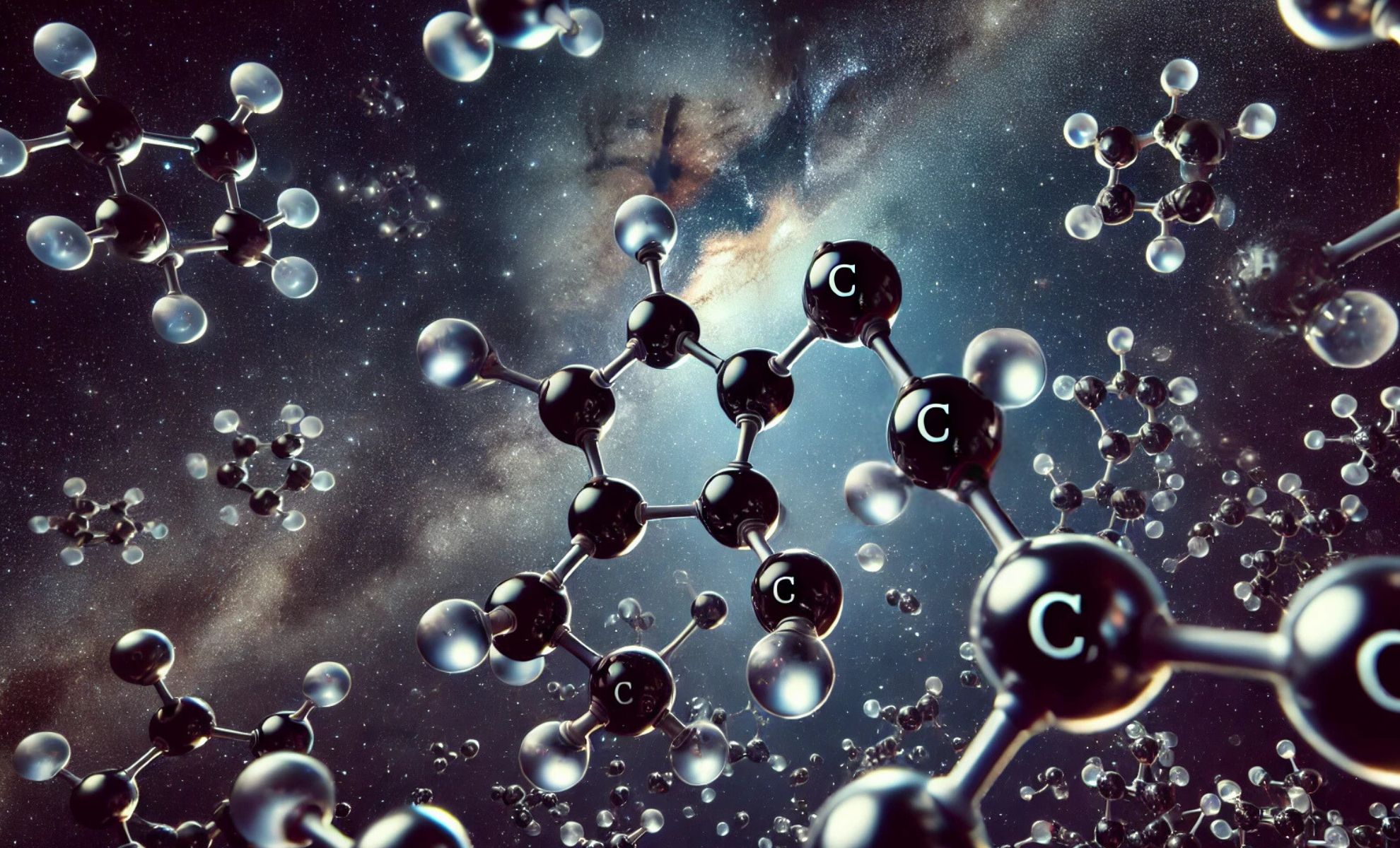
Astronomers have detected one of the largest carbon-based molecules ever discovered in deep space, identified as pyrene, within the Taurus molecular cloud, located 430 light-years from Earth. The molecule, a type of polycyclic aromatic hydrocarbon (PAH), is of significant interest because it offers new clues about the distribution of carbon, a fundamental building block of…
-
First Evidence of a Black Hole Triple System Observed
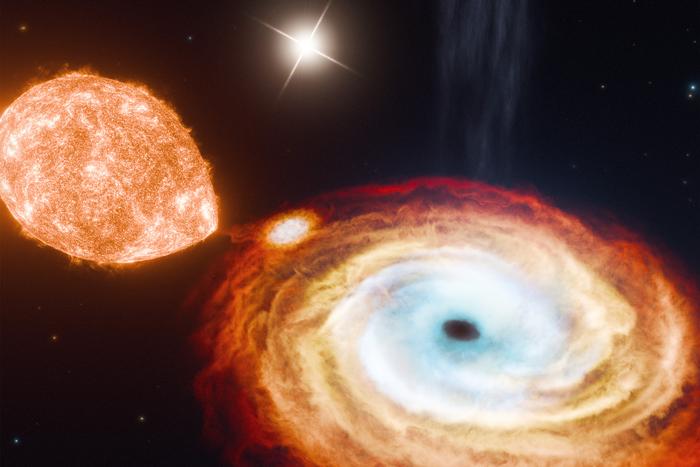
Black holes are some of the most mysterious and awe-inspiring celestial objects in science, and while pairs of black holes or a black hole orbiting another object like a star, known as binary black holes, have been confirmed to exist, what about triple systems? This is what a recent study published in Nature hopes to…
